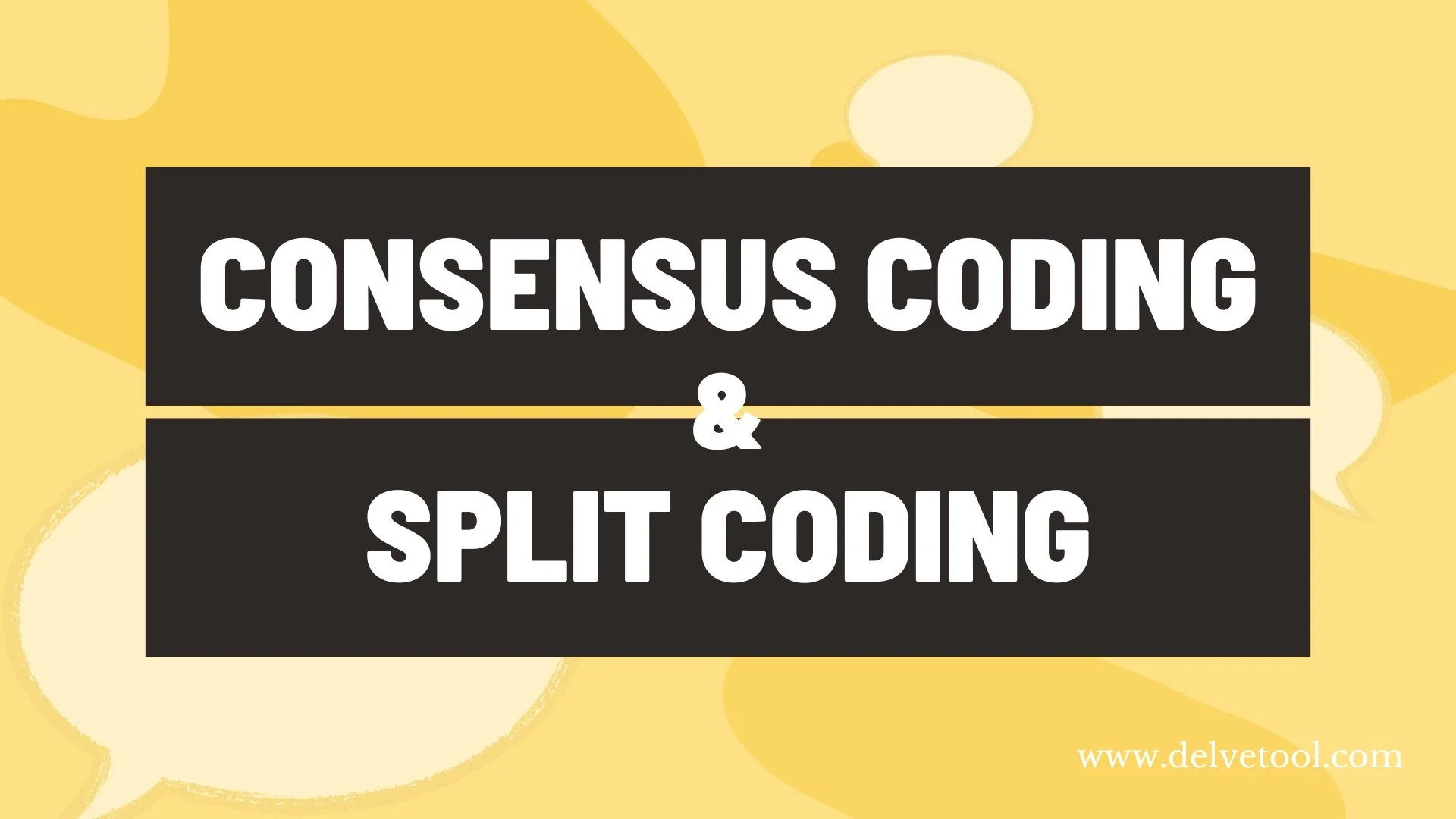SAGE Ocean Webinar
Intro to Qualitative Coding with Delve | Webinar Slides
See the slides from the Intro to Qualitative Coding with Delve webinar hosted by SAGE on October 21, 2020. After conducting qualitative interviews, how do you analyze and make sense of the data? Get an introduction to various methods of coding qualitative data. LaiYee Ho, the co-founder of Delve, walks through different coding techniques and frameworks, and show you how to find meaningful insights in your data.
Check out the Essential Guide to Coding Qualitative Data to learn more about qualitative coding.
Start a free trial of Delve, qualitative coding software.
If you have questions, email me at laiyee@delvetool.com
Values coding deals with labeling the values, attitudes and belief systems that are expressed by participants.
This article introduces emotion coding in qualitative research and offers a guide on using it effectively.
Descriptive coding is where you code passages according to topic in order to summarize the topic of the data.
This article covers all things line-by-line coding, shedding light on how this method works and providing a step-by-step guide to the process.
Abductive coding helps researchers move between theory and data to uncover new insights. See how it works in practice and how tools like Delve support the process.
In vivo codes use the direct language and terminology used by the participants rather than alternative methods where codes are researcher-derived.
Find connections between ideas in your research using axial coding. Read more for a step by step example of the qualitative analysis method of axial coding.
This article covers split coding and consensus coding, used by research teams to enhance the trustworthiness of their qualitative data analysis.
Intercoder reliability ensures that when you have multiple researchers coding a set of data, that they come to the same conclusions.









Thematic analysis involves reading through a data set and identifying patterns in meaning across the data.